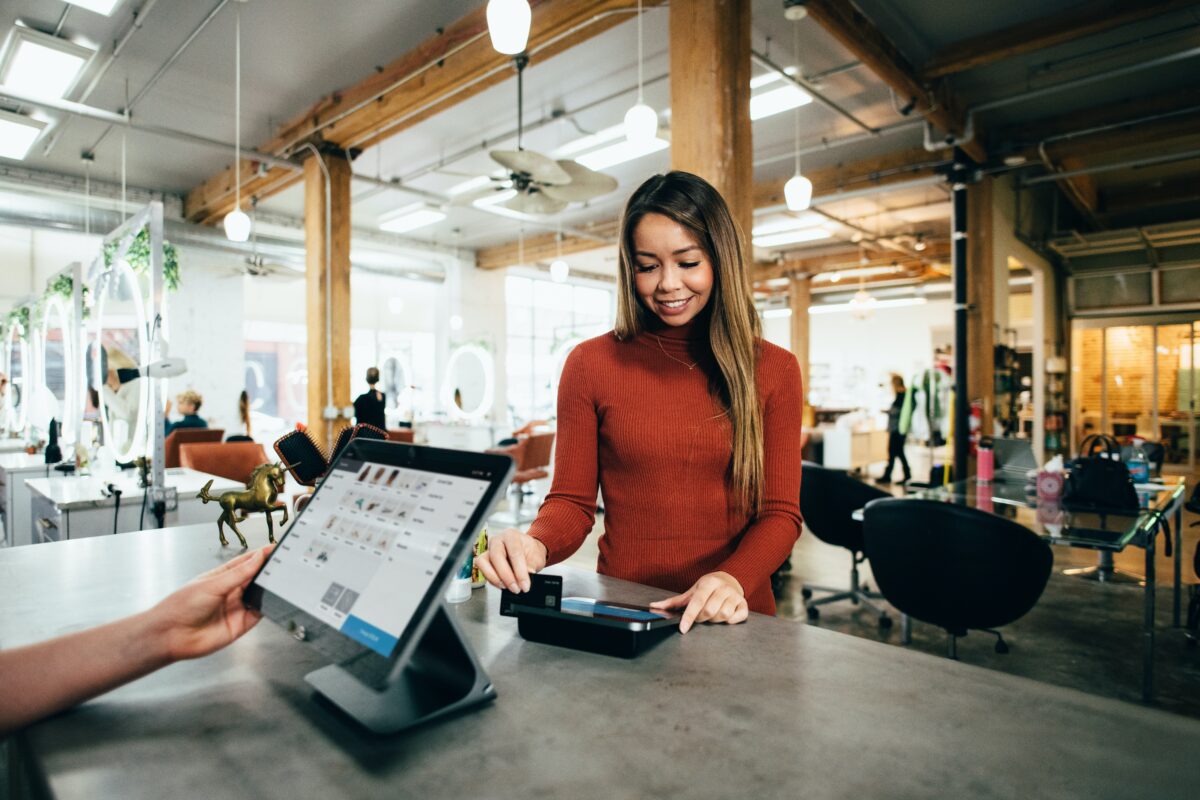No products in the cart.

Develop Your Open-Mindedness as a Leader
Let’s take a few minutes and think about opportunities. How many opportunities come your way and you take advantage of them? On the opposite side of the spectrum, how many opportunities pass in front of you and you either miss them or decide to wait for a better one to take advantage of? If you wait for the right opportunity, you may have a long wait. Many entrepreneurs and professionals that don’t get the results they deserve often suffer from a poor opportunity mindset. Do you?
Most people don’t like to take risks, yet leading an organization is a risk as you choose which direction to take the company and what decisions you make to grow the company. Moving forward is taking a risk. In order to take advantage of any window of opportunity, you are taking a risk.
“Risk is all around us. Life is a series of calculated risks. Everything you decide to do has a margin of risk. No outcome is ever 100 percent certain but it pays to calculated risks.”
– Thomas Oppong
Opportunity Insights
“In the middle of difficulty lies opportunity.” – Albert Einstein
Crisis vs. Opportunity sometimes weighs the difference and yet a crisis can turn into an opportunity as you become more aware of what happened to make things into a crisis. Putting your attention onto what lies in front of you is a telling tale of how you can shift things into an opportunity to move your company forward. Problem-solving is concerned with what is going on now, or in the very near future.
Expand Your Unique Leadership Patterns
What you need is to think about your differentiators with regard to choosing the specific opportunity that will help you move forward? Your leadership style needs to expand to look beyond where you’ve been. With creative and innovative as today’s business trend, leaders need to take advantage of what you have and what’s needed to thrive from where you were. If you don’t take advantage of these you may find yourself either being passed by losing clients and customers, or a competitor may take you over.
As you learn new things, develop different perspectives about yourself and the world around you. Look for new and fresh experiences to discover new strategies for coping with stress at work and problem-solving.
Embrace the Opportunity Mindset
“If opportunity doesn’t knock, build a door.” – Milton Berle
Where others see problems, you see potential. When others are bogged down in endless details, you see the big picture. Be open to looking at different perspective to determine what you can take advantage of. Being open to what’s out there to grow your company requires you to be aware of everything and anything whether you take advantage of it or not.
Leadership Opportunity to Grow
“If a window of opportunity appears, don’t pull down the shade.” -Tom Peters
One of the most important opportunities leaders have is to grow personally and professionally. Here are a few ways you can grow within your company as a leader.
- By changing your habits you need to put the time and effort into implementing them. Like everyone else you have certain habits that you do Monday through Friday that differ from your weekend habits.
- Motivating your disengaged employees needs you to get them interested in the work your company is involved in. If you first find out what these employees are interested in giving them the opportunity to be creative and innovative instead of the traditional work they have been doing. This can turn them around as they may have been great employees who need something different to work on.
- Watch for a trend that can help you move your company forward.
People often wait for opportunities, but is it worth waiting for opportunities? Many people say “No”. The reasons are noted above, plus the fact that many executives don’t want to change what you are currently doing. What makes you comfortable can ruin you. What makes you uncomfortable allows you to grow.
“There is a window of opportunity. Whether we, I mean all of us, use it or not, well it’s another question.” –Andrei Denisov
Opportunities are out there. Too many leaders prefer to stick with what you know that are similar to what you already do. In order to thrive, you need to take chances on new ideas that can help you move forward beyond your current expectation.
“If you cannot find the distinctive opportunities you want, you can create the distinctive opportunities you want but you can’t find!” ― Ernest Agyemang Yeboah














